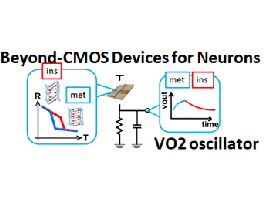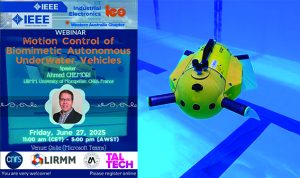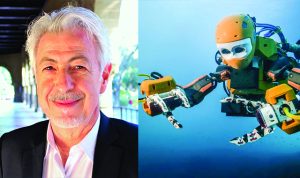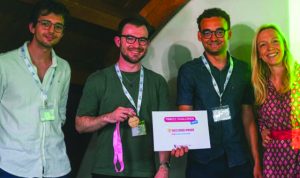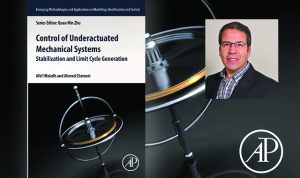Date de l’exposé : 7th of February 2022
Nom de l’intervenant : Dr. Stefania Carapezzi
Équipe : SMARTIES
Abstract :
Current computing machines are struggling to keep the “pace” with the explosion of the amount of data ongoing in our cyber-physical world. The traditional von Neumann architecture gives rise to a “traffic jam” of data which impacts over power consumption. Thus, the brain is becoming source of inspiration, given it works with unparalleled efficiency at low-energy budget. In this talk, I will present an innovative brain-mimicking approach of oscillatory neural networks (ONNs), implemented with beyond-CMOS devices based on vanadium dioxide (VO2). This is at the core of the European H2020 NeurONN (www.neuronn.eu). To link material properties and the device architecture to the device and circuit functionality is mandatory in case of analogue computing engines such ONN-based machines. Technology Computer-Aided Design (TCAD) technique is an essential asset by providing accurate multi-physics simulations of semiconductor devices, especially important when dealing with cutting edge materials, where variability becomes a challenge. I will show application of TCAD 3D electrothermal simulations of VO2 devices and oscillators to illustrate the insight that can be extracted by simulating the intertwined relationship between material (VO2), device (oscillator) and circuit dynamics (systems of coupled oscillators). These findings provide essential guidelines for the implementation of ONN technology.







